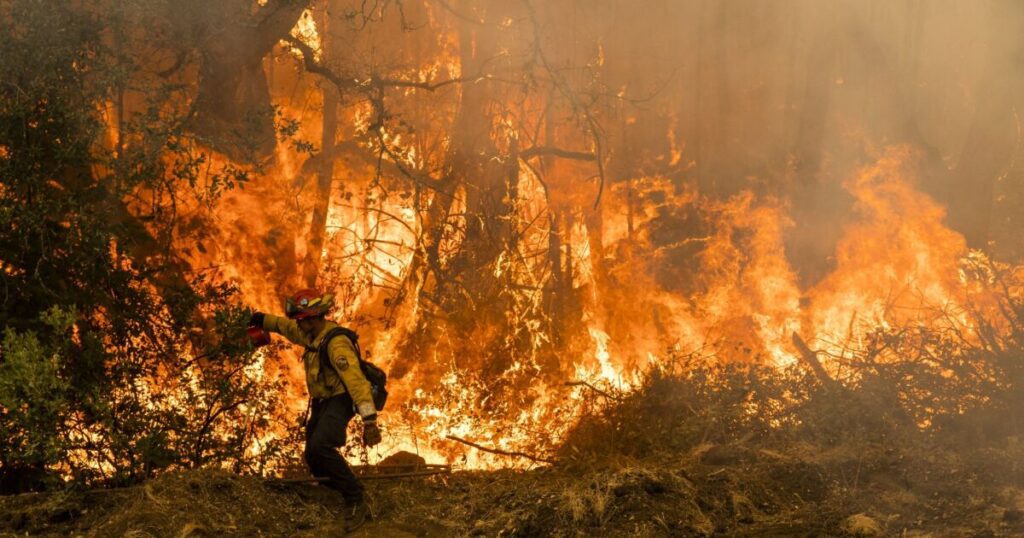How wildfires became a burning issue for insurance professionals

Enjoy complimentary access to top ideas and insights — selected by our editors.
Climate change has increased the frequency and severity of wildfires, especially in the western part of the United States, with more than 2.6 million homes in the region at risk to wildfire damage this season according to CoreLogic’s 2024 Wildfire Risk Report. Many insurers have dropped coverage in these areas because of wildfire risk, but those that are working with customers in these states are forging partnerships to streamline the claims process.
According to the recently released second-quarter findings of CCC Intelligent Solutions’ 2024 Crash Course report, more frequent and severe weather events are resulting in a surge of higher auto insurance claims costs and longer repair times. The average total cost of repairs increased over 3% in the first quarter of this year compared to early 2023, a change which the report attributes to labor rates and parts costs. Electric vehicles (EVs) made up 2.4% of all repairable claims earlier this year, which is an increase of 1.6% from the same period last year, and the average EV repair cost is nearly 47% higher than non-EVs.
“Extreme weather events are increasing in severity, becoming major disruptors in the auto claims and repair industry,” said Kyle Krumlauf, director of industry analytics at CCC and co-author of Crash Course, in a press release.
Read more: Climate change is increasing wildfires globally
Individual homeowners can mitigate fire risk by ensuring a five-foot buffer around the home that removes any vegetation, trees or overhanging branches, grass, turf, wood fencing or flammable materials, according to information from Insurance Institute for Business and Home Safety (IBHS) and its Wildfire Prepared Home Program, as well as CoreLogic. Vehicles should not be stored in the buffer zone, as well, and the entire area should be clear. Maintaining a yard and deck within 30 feet of a home by clearing debris, replacing combustible deck furniture and preparing Class A-fire rated roofing, metal gutters and ember resistant vents is recommended.
Customers living in areas with increased wildfire risk are facing difficulty with insurance, with high premiums and a lack of options due to insurers not providing coverage in these areas. California Insurance Commissioner Ricardo Lara has created a Sustainable Insurance Strategy, based on the results of a negotiation with the insurance industry that had failed to get approval from the California state legislature. However, this strategy has been panned by consumer advocacy groups.
“To paint this as insurers selling coverage again, was a real scam,” Carmen Balber, executive director of Los Angeles-based consumer advocacy non-profit Consumer Watchdog, told Digital Insurance’s Michael Shashoua. “We learned from the text of the regulation that there is nowhere in the rules that specify insurance companies would be selling comprehensive policies to meet their commitments. This is another place where the text of the regulation does not match what the commissioner is presenting to the public.”
Read more: California regulator says cat models will boost wildfire coverage
“That means literally, we have an entire insurance strategy put forward by the insurance commissioner, that is the insurance industry playbook with zero benefit for consumers,” Balber added. “We need the legislature to step in and bring California some real solutions.”
Read more about how wildfires are affecting the insurance industry.



